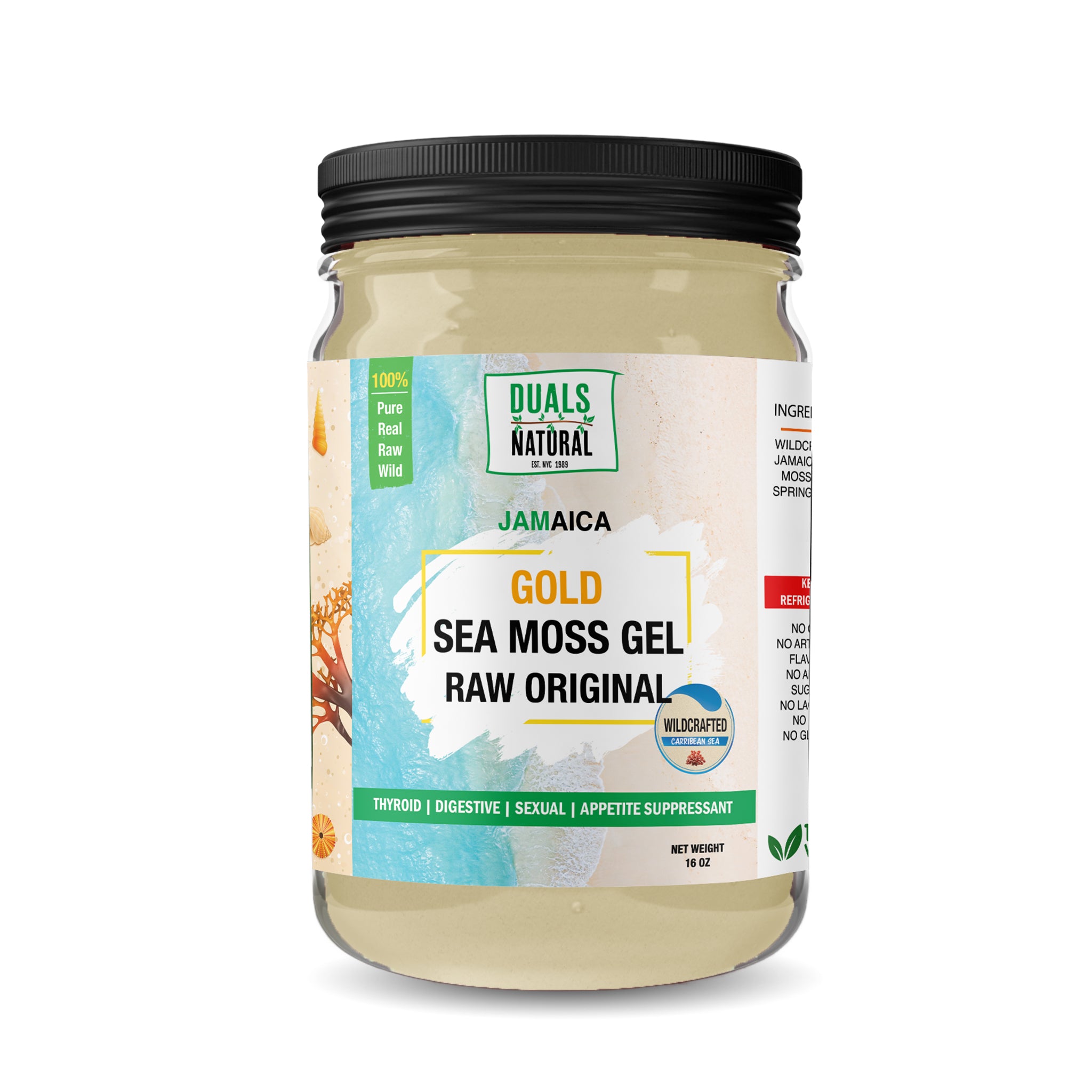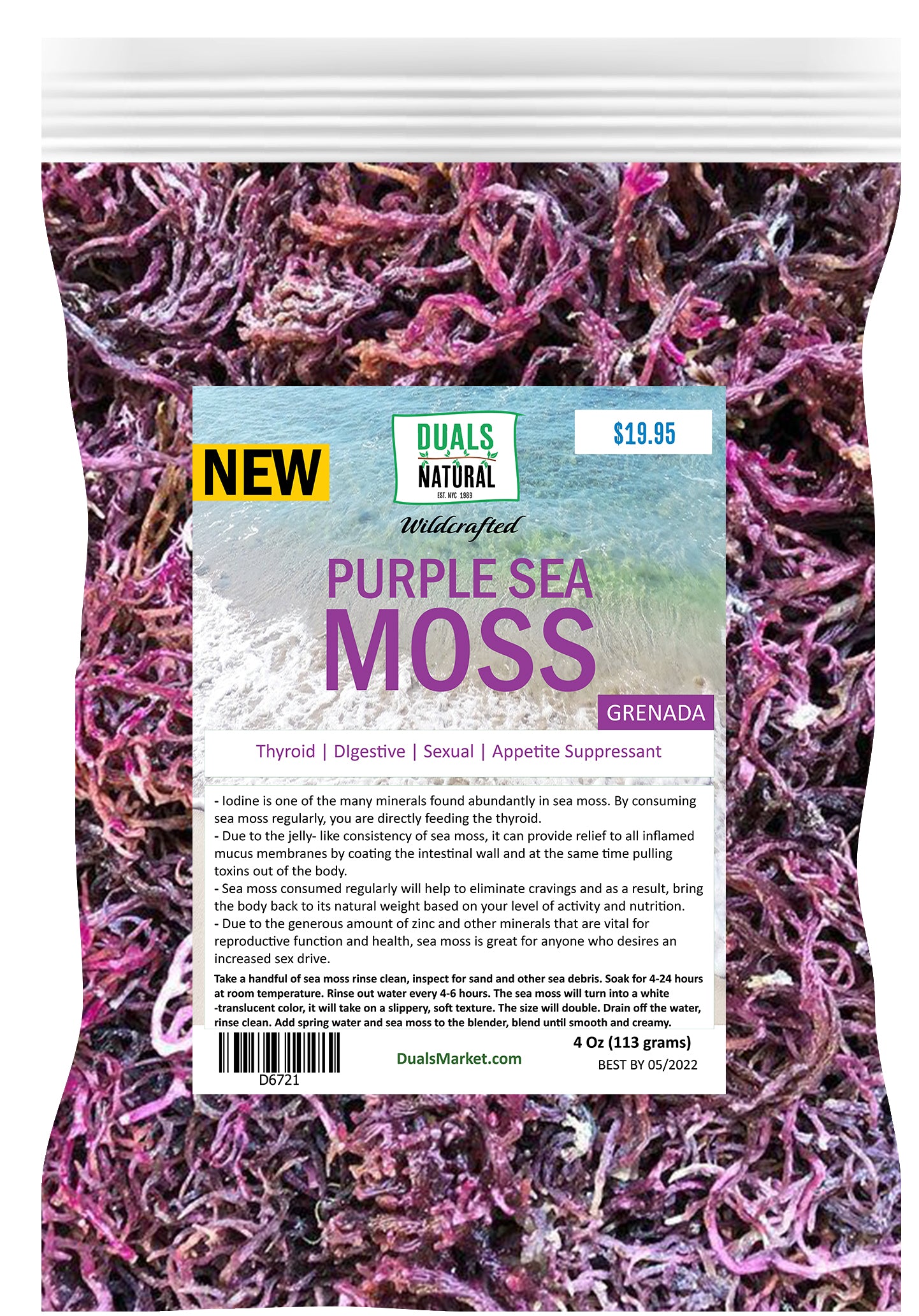

Description
Profile: Catnip leaf has been used in western folk medicine for ages for its relaxing effects. Nepeta cataria has a square stem, heart-shaped leaves, and fragrant pink to white blooms. Catnip leaves can be tinctured, made into tea, and used to herbal mixtures.
Cats have loved this plant for generations. It makes them happy, yet calms folks. Catnip has been used as a soothing agent in European folk medicine for decades. It's mild and good for babies and kids.
Details:
Catnip is a mint-family perennial with square stems and terminal flower spikes. Its leaves are fuzzy, heart-shaped, and toothed. It is native to the dry and temperate Mediterranean region in Europe, Asia, and Africa. European immigrants introduced it to various places of the world, including North America, where it is now naturalized and cultivated for gardens and commerce.
Catnip has been used in traditional European medicine for ages to soothe periodic uneasiness and promote undisturbed sleep. As a relaxant and diaphoretic, it helped with occasional restlessness. It was used to aid children's digestion and comfort their stomachs. Poultices were also applied. Nicholas Culpepper applied catnip juice topically (a 17th century botanist, avid astrologer, physician, and herbalist). The flowering tops are utilized for tea or essential oil, although the root has also been reported. Maude Grieve, author of A Modern Herbal (1931), says the root might be overstimulating, therefore use the above-ground sections. Leaves and young shoots flavor soups and stews (which somewhat resemble a mix of mint and pennyroyal).
Catnip was used as a mild tea for youngsters with upset stomachs or sleepiness in American folk medicine and Native American healing systems. Hoh, Delaware, and Iroquois tribes utilized catnip to treat children's problems. The Cherokee utilized the plant as a tonic, like other indigenous people. Like Europeans, they used this herb to calm irritation or insomnia. In the southern U.S., catnip was used in traditional folk medicine to treat digestive issues. It was thought to help newborns' stomachs and digestion. It was also sold as a brandy-fennel digestive tonic. Catnip soothes stomach issues and works well in laxatives with senna. Some herbalists use it to balance physical manifestations of mental difficulties, such as periodic indigestion. This warming plant is used as a diaphoretic to induce sweating.
An old proverb says, 'If you set it, the cats will devour it.' Cats don't know what you sow. When plants are'sown' from seed, cats don't touch them, but when they're transferred, they die. Cats' attraction to catnip is called "the catnip response." It's seen in jaguars, tigers, leopards, lions, and other huge cats, too. It causes biting, head shaking, floor rolling, and sexual desire for 15 to 60 minutes. Catnip's aromatherapeutic aspect is more powerful than taking it internally.
NOTICE: DO NOT USE THIS PRODUCT IF PREGNANT OR NURSING.
**These statements have not been evaluated by the Food and Drug Administration. These products are not intended to diagnose, treat, cure, or prevent any diseases.
| Ingredients: | Catnip |
| Origin: | USA |
| Shelf Life: | 2 Years. |
| Botanical Name: | Nepeta cataria |
| Handling / Storage: | Store in a airtight Food Storage Containers, cool, dry place. |
| Allergen Information: | None Specified. |
Best Sellers
-
 from $9.99
from $9.99Profile: Thyroid | Digestive | Sexual | Appetite Suppressant - Iodine is one of the many minerals found abundantly in sea moss. By consuming sea mo...
View full details -

 $9.99
$9.99Blue Lotus flower, also known as Egyptian Lotus or Sacred Lily of the Nile, has it's roots in ancient Egypt (and often linked to Cleopatra); wher...
View full details -

 $30.00
$30.00100% Pure Raw Wildcrafted Sea Moss PER 50 GRAMS OF SEA MOSS Iodine 360 μg - Which is 240% of your Recommended Daily Intake Iron 4.45 mg - Whi...
View full details -
 $24.99
$24.99Profile: Thyroid | Digestive | Sexual | Appetite Suppressant - Iodine is one of the many minerals found abundantly in sea moss. By consuming sea m...
View full details -

 from $3.95
from $3.95Premium Egyptian dried Hibiscus sabdariffa flowers, prized for their vibrant crimson color and naturally tart flavor. These whole flower petals are...
View full details -
 from $5.95
from $5.95Premium organic Ashwagandha (Withania somnifera) root powder, meticulously sourced from India and traditionally used in Ayurvedic medicine. This po...
View full details -
 from $4.50
from $4.50House Blend Garam Masala Traditional North Indian Spice Blend Garam masala, meaning "hot spice blend" in Hindi, is a cornerstone of North Indian ...
View full details -

 from $19.95
from $19.95Profile: Thyroid | Digestive | Sexual | Appetite Suppressant - Iodine is one of the many minerals found abundantly in sea moss. By consuming sea mo...
View full details
























